The Florida Keys are known for their natural beauty and oceanic wildlife, from the coral reefs sitting just offshore to the diverse marine population that attracts coastal kayakers and sport-fishermen from around the world. The only thing visitors won’t find, in fact, is freshwater — except for one oasis.
Sitting in the middle Big Pine Key — of one of the largest islands in the chain — an abandoned rock quarry forms a freshwater lake now known as the Blue Hole. The Blue Hole is an old limestone quarry. The rock was used to build many of the original roads on Big Pine Key in the 1930s and ’40s.
There is no inlet or outlet to the Blue Hole, its existence is dependent on rainfall and from saltwater which flows through the surrounding porous limestone. Because freshwater is lighter than saltwater, it floats on top, forming a lens. Freshwater is very important in this island ecosystem and the Blue Hole provides a vital resource to many animals, including the Key deer, American alligator, turtles, and many species of birds. The Blue Hole also is home to many different types of fish, in fact, there are both saltwater and freshwater species here!
The Blue Hole forms the epicenter of the Florida Keys National Wildlife Refuge, and more specifically the National Key Deer Refuge — a large expanse of reserved forest meant to house and preserve the unique Key Deer (a miniature and endangered species of deer), which only live on Big Pine Key.
Since it’s such a large source of fresh water, the Blue Hole attracts multitudes of wildlife unique to the Keys beyond just the Key Deer, including large invasive iguanas, tropical birds, various snakes, and reptiles, and of course the Florida Alligator — missing from most parts of the Keys but happy to live and bask in this oasis.
Know Before You Go
Drive down the Overseas Highway (US 1) to Big Pine Key and head down 21st Street (Key Deer Blvd) until you see signs for the refuge/Blue Hole.







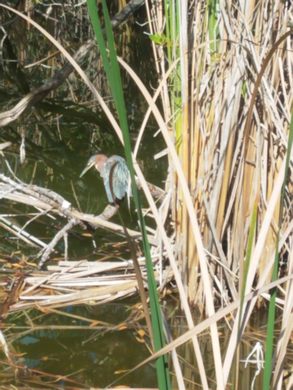
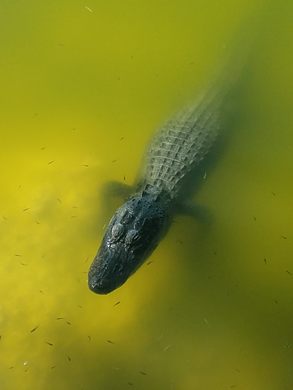








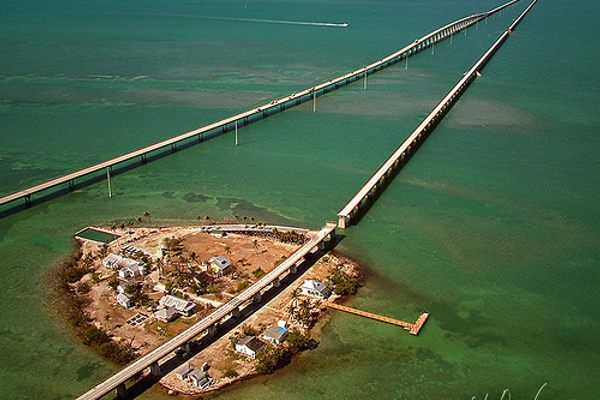


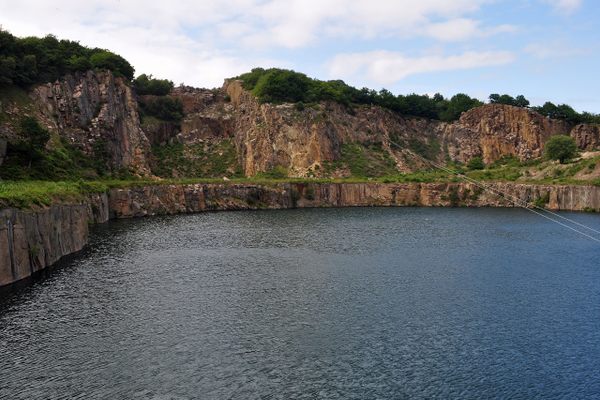

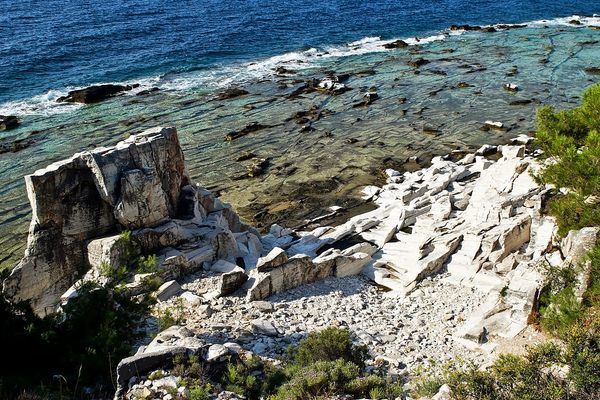
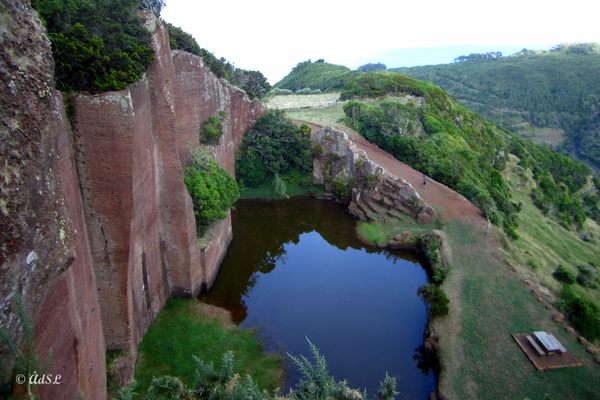


Follow us on Twitter to get the latest on the world's hidden wonders.
Like us on Facebook to get the latest on the world's hidden wonders.
Follow us on Twitter Like us on Facebook